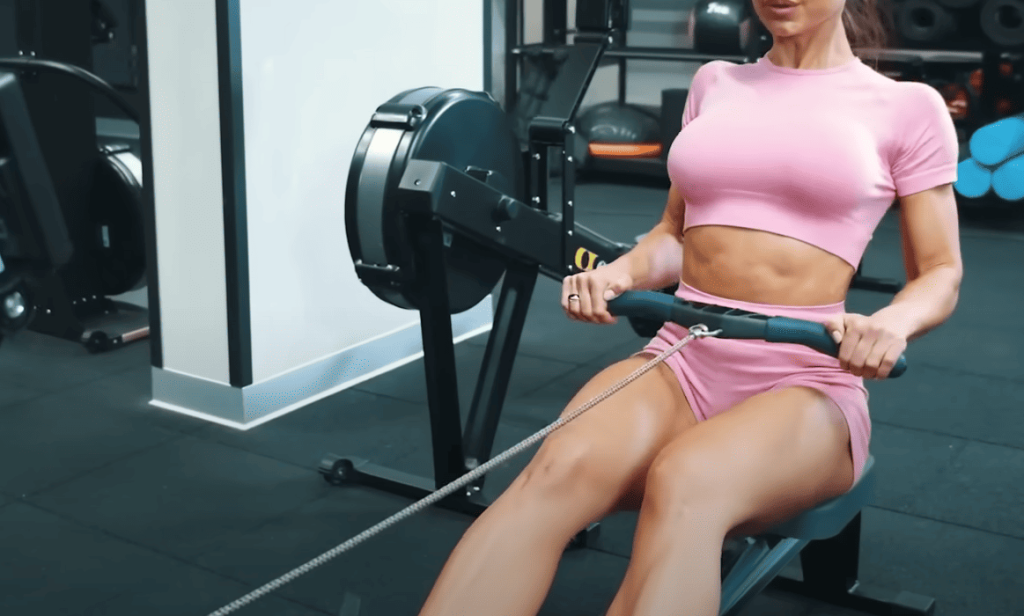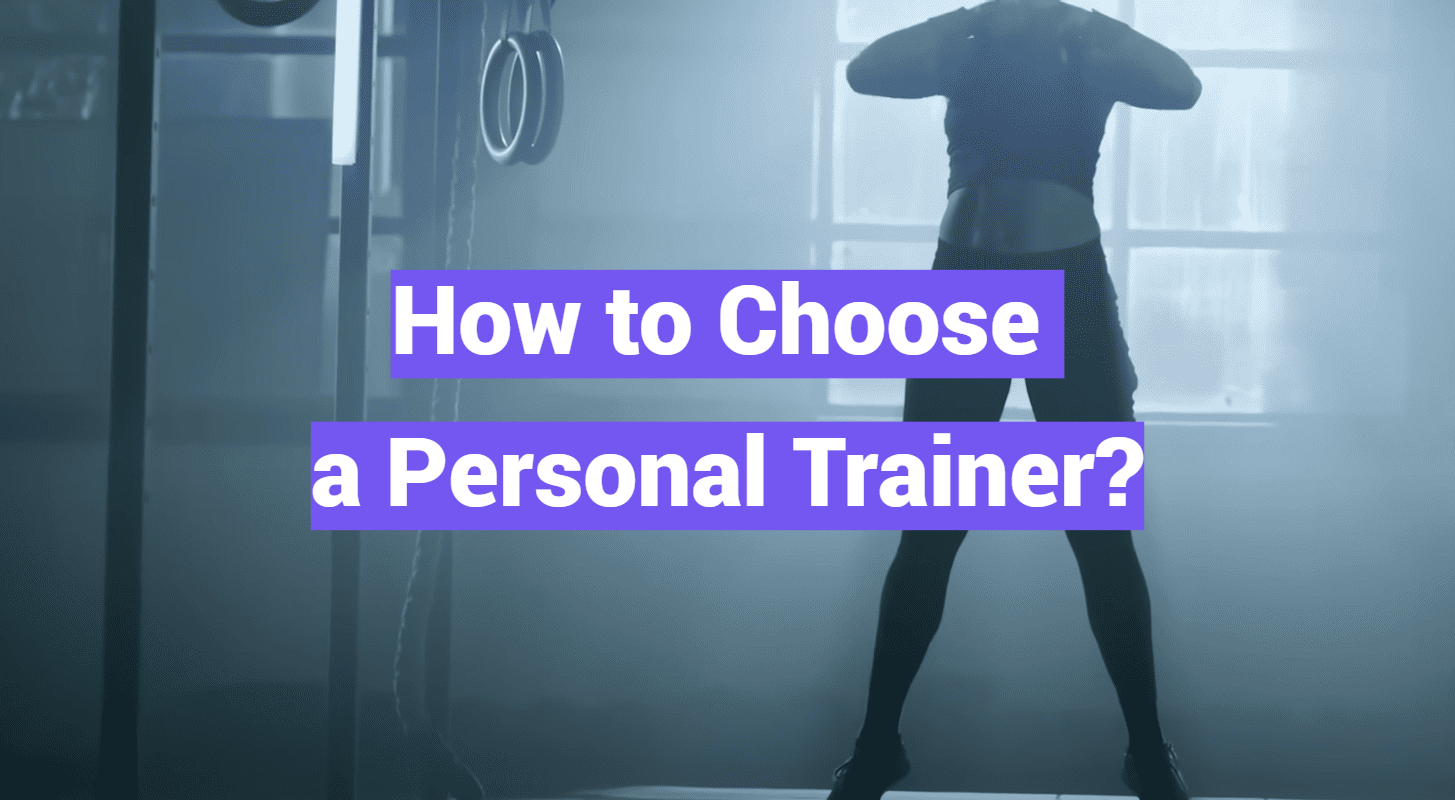Ever wonder why some people stick to their workout routines while others quit? Research reveals those working with certified experts are 63% more likely to hit their fitness goals than those going solo. This gap highlights why partnering with the right coach can transform your wellness journey from frustrating to fulfilling.
A skilled personal trainer does far more than count reps. They design plans blending exercise, nutrition, and stress management tailored to your lifestyle. Whether you’re recovering from injury or breaking free from a desk-bound routine, their expertise turns vague aspirations into actionable steps.
Credentials matter, but compatibility matters more. The best professionals ask questions about your sleep patterns, work demands, and even your kitchen habits. This holistic approach ensures your plan adapts to your life – not the other way around.
With over 300,000 trainers in the U.S., finding your match requires strategy. Look for specialists aligned with your needs – postnatal recovery coaches differ vastly from strength-building experts. Always verify certifications through organizations like NASM or ACE.
Key Takeaways
- Professional guidance triples goal achievement rates compared to solo efforts
- Effective plans address exercise, nutrition, and lifestyle factors together
- Specialization matters – match trainers to your specific objectives
- Verify certifications from accredited organizations
- Personality compatibility enhances motivation and consistency
Understanding Your Fitness Goals
Before lacing up your sneakers, there’s a crucial step many overlook. Clarity about your starting point determines whether you’ll sprint toward results or stumble into frustration. A recent NASM study found 78% of successful clients began with detailed self-assessments – proving groundwork matters as much as gym time.

Assessing Your Current Fitness Level
Grab a notebook and answer honestly: Can you do five push-ups? Walk a mile without stopping? Touch your toes? Documenting your current abilities creates a baseline for progress.
“Numbers don’t lie,”
says LA-based trainer Marco Reyes. “Tracking strength, cardio endurance, and flexibility helps us design safer, smarter programs.”
Don’t skip injury history. That old knee pain or shoulder tweak? Mention it upfront. Trainers need this intel to avoid reinjury while challenging you appropriately.
Setting SMART Goals
Vague wishes like “get fit” won’t cut it. Transform them using this framework:
- Specific: “Lose 15 pounds” beats “slim down”
- Measurable: Track reps, weights, or mile times
- Achievable: Start with 3 weekly workouts, not 7
- Relevant: Align with lifestyle – parents might focus on energy boosts
- Time-bound: “Deadlift 200lbs by December” creates urgency
This approach helps trainers craft plans matching your weight management or strength-building priorities. It also reveals whether you need a yoga specialist, marathon coach, or post-surgery rehab expert.
Factors to Consider in a Personal Trainer
Finding your fitness match involves more than checking certifications. Specialists thrive where generalists stumble – 74% of clients report better results working with coaches in their niche. Let’s explore what separates adequate guidance from transformative partnerships.
Trainer Specialization and Training Style
Sport-specific experts approach conditioning differently than postnatal recovery coaches. Marathon trainers prioritize endurance drills, while strength coaches focus on progressive overload. Ask candidates: “What percentage of your clients share my age and goals?”
Training philosophies vary widely. Some professionals use heart rate monitors for data-driven adjustments, while others emphasize body awareness. Chicago-based coach Alicia Tan notes: “My climbers need grip strength drills, but my corporate clients require posture correction – one size never fits all.”

Customization to Fit Your Needs
Great trainers adapt exercises for old injuries, work schedules, and even food preferences. A 2023 study found customized plans boost adherence by 41% compared to generic routines.
Look for these flexibility markers:
- Programs adjusting weekly based on energy levels
- Alternative moves for arthritic joints or tight hamstrings
- Nutrition tips matching your cooking habits
Test compatibility during trial sessions. Can they explain why they picked certain exercises? Do their cues make complex moves feel natural? These moments reveal true personalization skills.
how to choose a personal trainer
Selecting the right fitness coach requires more than a quick Google search—it demands strategic questioning. A 2023 IDEA Health study revealed that clients who asked 5+ specific questions during consultations were 89% more satisfied with their matches. This vetting process separates temporary fixes from lasting partnerships.
Essential Interview Questions
Start by exploring their track record. Ask: “What percentage of your clients share my age and fitness goals?” Seasoned professionals can provide concrete numbers rather than vague answers.
- Program design: “How do you adjust training plans when progress stalls?”
- Session structure: “Can you give an example of balancing strength and mobility work?”
- Professional growth: “Which certifications have you added in the past year?”
Seek trainers who mention heart rate variability tracking or recovery metrics. These details signal up-to-date methodologies.
Recognizing Red Flags
Watch for hesitation when discussing program flexibility. As Boston-based coach Lila Moreno warns:
“Anyone promising six-pack abs in four weeks either lacks ethics or expertise.”
- Overemphasis on supplement sales during initial talks
- Generic meal plans not tailored to food preferences
- Inability to explain exercise modifications for injuries
Trust matters most. If you feel judged about current abilities or past struggles, keep looking. The best trainers create safe spaces for growth, not guilt.

Evaluating Communication and Personality Fit
Your trainer relationship works best when it feels like teamwork, not transactions. Think of it like finding a gym partner – you need someone who pushes you without making you dread sessions. A 2024 ACSM survey found clients with strong coach rapport complete 73% more workouts than those with purely professional dynamics.
Spotting Synergy in Action
Great partnerships start with mutual understanding. Watch how candidates explain complex moves during trial sessions. Do they use relatable comparisons? (“Squat like sitting in a chair” vs. “hip hinge at 45 degrees”)
| Green Flags | Red Flags |
|---|---|
| Asks about your learning preferences before demonstrating exercises | Uses technical jargon without checking comprehension |
| Adjusts tone based on your energy levels | Ignores signs of frustration or confusion |
| Celebrates small wins authentically | Focuses only on long-term goals |
Notice how they handle feedback. Seattle-based coach Dr. Elena Torres notes:
“Clients who feel heard will push harder. I always end sessions with ‘What worked? What didn’t?'”
Trust your gut during initial meetings. Do they remember your knee injury from the intake form? Laugh at your jokes? These micro-moments predict long-term success better than certifications alone.
Remember – you’re not hiring a drill sergeant. The right professional makes tough workouts feel achievable through encouragement, not embarrassment. If you leave consultations energized rather than exhausted, you’ve found your match.
Importance of Certification and Credential Verification
Navigating the fitness industry’s alphabet soup of credentials separates qualified professionals from weekend warriors. While no federal oversight exists, top organizations like the American College of Sports Medicine (ACSM) and National Strength and Conditioning Association (NSCA) enforce rigorous testing. Their certifications ensure trainers understand anatomy, program design, and injury prevention.
National Certification Standards
Reputable credentials act as quality filters. ACSM requires passing scores on timed exams covering exercise science fundamentals. NSCA specialists must demonstrate hands-on coaching skills through practical tests.
| Certification Body | Focus Areas | Renewal Requirements |
|---|---|---|
| NASM | Corrective exercise, performance enhancement | 2.0 CEUs every 2 years |
| ACE | Behavior change, group fitness | 20+ hours biennial education |
| ISSA | Nutrition coaching, senior fitness | Annual recertification fee + CEUs |
Commitment to Ongoing Education
The best professionals treat learning as lifelong practice. Look for trainers attending workshops on emerging trends like blood flow restriction training or recovery tech. As NSCA’s director notes:
“Our recertification process forces trainers to stay current – outdated methods get left behind.”
Verify credentials directly through organization websites. Watch for expiration dates – active status proves they’re keeping skills sharp. Pair this verification with personality checks for optimal results.

Assessing Experience and Proven Track Record
The gym floor can feel like a classroom – you want a teacher who’s graded papers, not just read the textbook. Seasoned professionals bring battle-tested strategies that new trainers often lack. While certifications prove knowledge, real-world experience determines who can adapt when plans meet reality.
Reviewing Client Success Stories
Ask candidates: “Walk me through three clients who matched my age and goals.” Listen for specifics – percentages lost, pounds lifted, or mobility regained. A Chicago-based strength coach shares:
“My best references? Clients who text me progress photos years after our last session.”
Request contact info for 1-2 former clients with similar challenges. Did the trainer adjust programs after plateaus? How quickly did they respond to setbacks? These details reveal problem-solving skills textbooks can’t teach.
Specialized Program Expertise
Newer professionals aren’t automatically red flags – if they’ve completed intensive residencies or mentor under veterans. Ask: “Who reviews your workout designs?” and “What continuing education have you pursued this year?”
Look for these markers:
- 500+ hours coaching clients in your demographic
- Advanced certifications in areas like post-rehab training
- Personal fitness milestones demonstrating commitment
Big-box gym rookies might charge less, but their trial-and-error phase shouldn’t fund your goals. Target professionals who’ve already refined their methods through real-world results.
Reviewing Training Schedules and Session Structures
Your fitness journey thrives on consistency – but life rarely follows a perfect routine. Matching your coach’s calendar to yours prevents missed sessions and keeps momentum strong. Busy professionals often need creative scheduling more than extra burpees.
Flexible Availability Options
Top trainers offer morning slots before work or evening hours after daycare pickup. Ask about weekend availability if your week fills up fast. One Chicago client shares: “My coach meets me at 6:15 AM twice weekly – we’ve never canceled in 18 months.”
Optimizing Session Length
Thirty-minute training blocks work for quick energy bursts, while 60-minute slots allow thorough mobility work. A San Diego marathoner explains: “We adjusted from 45 to 55 minutes – those extra 10 minutes let us perfect my stride without rushing.”
Discuss frequency upfront. Two sessions weekly jumpstarts progress for many, while monthly check-ins maintain accountability. Your ideal rhythm balances gym time with recovery days and real-world demands.

